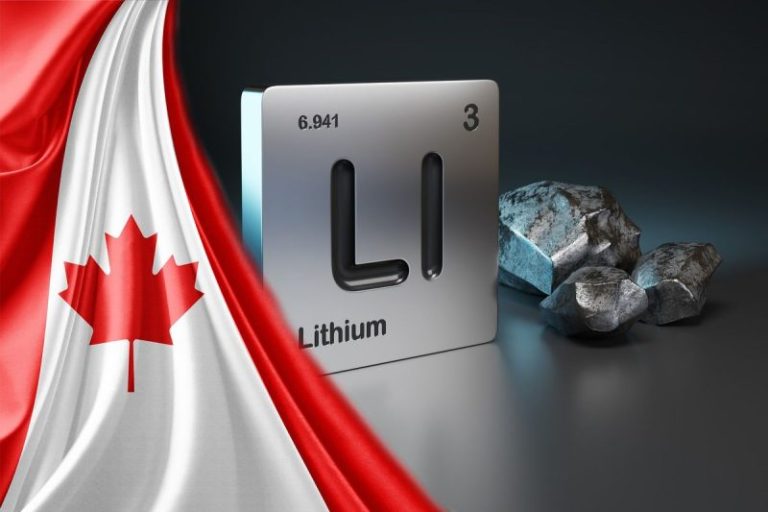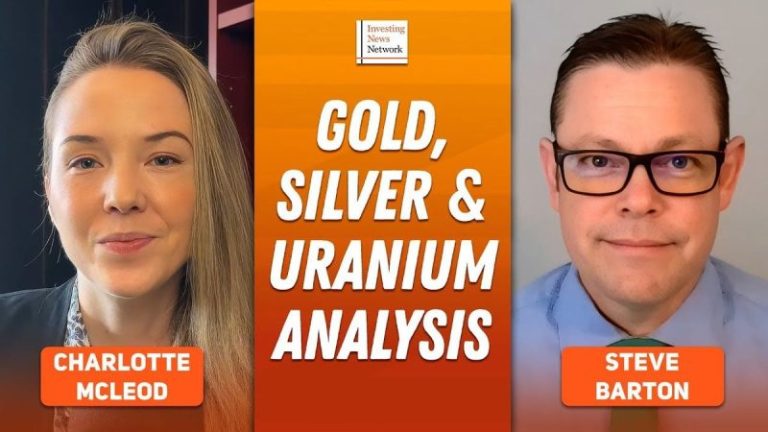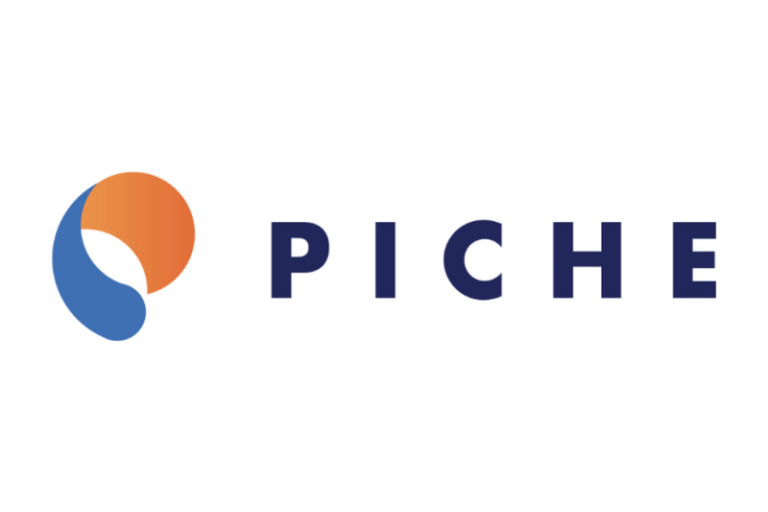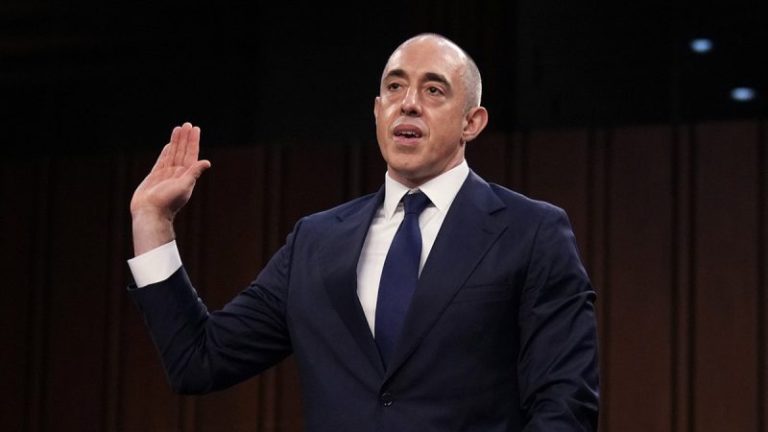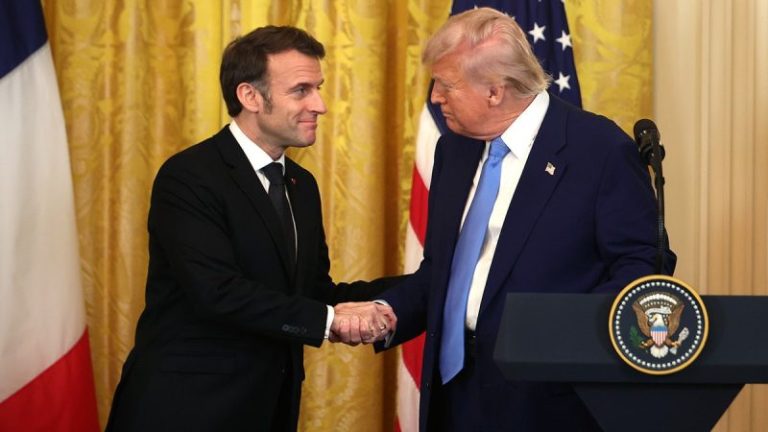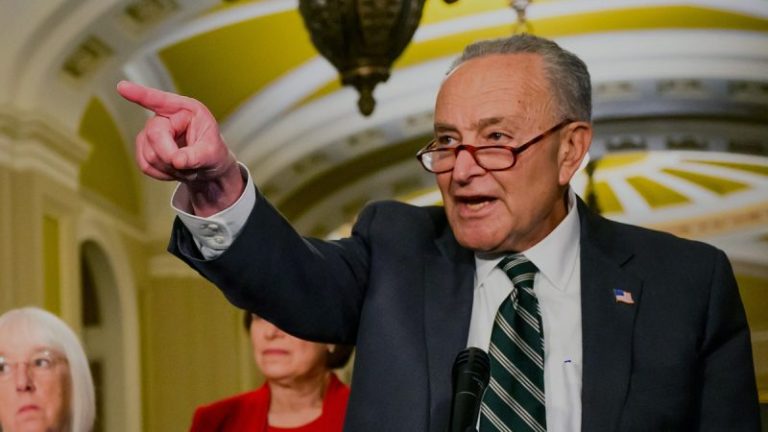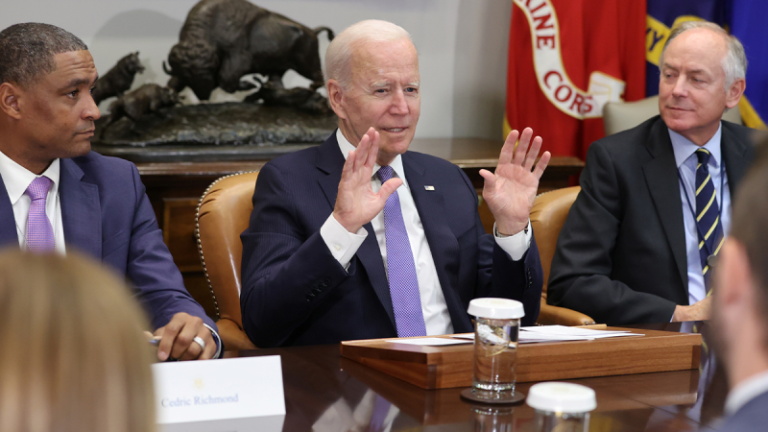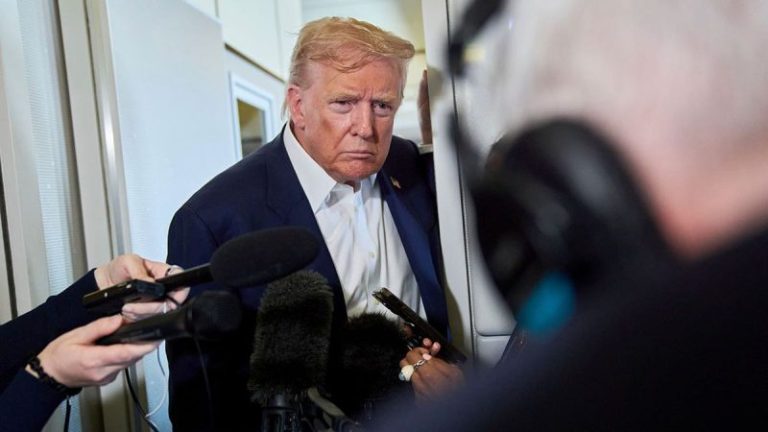As the global push toward electrification accelerates, lithium remains a critical piece of the energy transition.
Continued oversupply remained a persistent headwind for lithium prices through the first half of 2025. Demand for the battery metal jumped 29 percent year-over-year in 2024, fueled by surging electric vehicle sales and rising power needs from sectors like data centers and heavy industry.
Fastmarket’s analysts expect lithium demand to grow 12 percent annually through 2030, supported by structural trends such as renewable energy integration and battery energy storage.
However, a rapid increase in global supply — particularly from China, Australia and South America — has driven prices to multi-year lows, raising concerns about project economics and the sustainability of new production.
Against this backdrop, Canadian lithium stocks are gaining attention as investors look for companies positioned to benefit from long-term demand growth while navigating short-term price pressure.
1. NOA Lithium Brines (TSXV:NOAL)
Year-to-date gain: 58.82 percent
Market cap: C$488.32 million
Share price: C$0.30
NOA is a lithium exploration and development company with three projects in Argentina’s Lithium Triangle region. The company’s flagship Rio Grande project and prospective Arizaro and Salinas Grandes land packages total more than 140,000 hectares.
As NOA works to advance its flagship asset, the company brought on Hatch in April to lead the preliminary economic assessment (PEA).
The PEA will evaluate the project’s economic and development potential with a target production of 20,000 metric tons of lithium carbonate equivalent (LCE) annually, with a scalable plant design that could double capacity to 40,000 metric tons per year.
NOA has also been working to secure a water source in the arid region through a drilling program targeting fresh water. In late June, the company discovered a fresh water source at the project, located near high-grade lithium zones in the project’s northeast area. According to the company, the location means the water source could support future production facilities or evaporation ponds.
The well, drilled to 190 meters in the northern part of the property, is being tested and developed.
Shares of NOA reached a year-to-date high C$0.425 on July 17, 2025.
2. Wealth Minerals (TSXV:WML)
Year-to-date gain: 40 percent
Market cap: C$23.93 million
Share price: C$0.07
Wealth Minerals is focused on the acquisition and development of lithium projects in Chile, including the Yapuckuta project in Chile’s Salar de Atacama, as well as the Kuska Salar and Pabellón projects near the Salar de Ollagüe.
Wealth Minerals’ shares spiked to a year-to-date high of C$0.095 on February 9, 2025, following the company’s acquisition of the Pabellón project.
According to Wealth, Pabellón has been shortlisted by Chile’s Ministry of Mining as a potential site for a Special Lithium Operation Contract based on its geological and environmental suitability. Located in Northern Chile near the Bolivia border, the project spans 7,600 hectares across 26 exploration licenses about 70 kilometers south of the Salar de Ollagüe.
In May, Wealth formed a joint venture with the Quechua Indigenous Community of Ollagüe to advance the Kuska project. The new entity, Kuska Minerals SpA, is 95 percent owned by Wealth and 5 percent by the community, which also holds anti-dilution rights and a seat on the five-member board.
3. Avalon Advanced Materials (TSX:AVL)
Year-to-date gain: 37.5 percent
Market cap: C$38.26 million
Share price: C$0.055
Avalon Advanced Materials is a Canadian mineral development company focusing on integrating the Ontario lithium supply chain. Avalon is developing the Separation Rapids and Snowbank lithium projects near Kenora, Ontario, and the Lilypad lithium-cesium project near Fort Hope, Ontario.
Separation Rapids and Lilypad are part of a 40/60 joint venture between Avalon and SCR Sibelco, with Sibelco serving as the operator.
Avalon started the year with a revised mineral resource estimate for the Separation Rapids project, which boosted resources in the measured and indicated category by 28 percent.
Company shares rose to C$0.07, a year-to-date high, on July 15, the day after Avalon released its results for its fiscal quarter ended May 31.
A week later, Avalon announced an additional C$1.3 million in funding through its C$15 million convertible security agreement with Lind Global Fund II. The drawdown, expected to close within two weeks, will support project development and general corporate needs, according to the company.
4. Frontier Lithium (TSXV:FL)
Year-to-date gain: 20 percent
Market cap: C$125.41 million
Share price: C$0.54
Pre-production mining company Frontier Lithium aims to be a strategic and integrated supplier of premium spodumene concentrates as well as battery-grade lithium salts in North America.
The company’s flagship PAK lithium project, which is a joint venture with Mitsubishi (TSE:8058), holds the “largest land position and resource” in a premium lithium mineral district located in the Great Lakes region of Ontario, Canada. Frontier also owns the Spark deposit, located northwest of the PAK project.
Shares of Frontier Lithium reached a year-to-date high of C$0.79 on March 4. The stock uptick coincided with a government release reporting the federal and provincial governments supported the company’s plans to build a critical minerals refinery in Northern Ontario.
Once complete, the proposed lithium conversion facility will process lithium from the PAK mine project into approximately 20,000 metric tons of lithium salts per year.
In late May, Frontier released a definitive feasibility study for the mine and mill segment of its PAK project. The study outlines a 31 year mine life with average production of 200,000 metric tons of spodumene concentrate. As for the economics, it projects net revenue of C$11 billion, an after-tax NPV of C$932 million and a 17.9 percent internal rate of return.
5. Century Lithium (TSXV:LCE)
Year-to-date gain: 17.31 percent
Market cap: C$51.58 million
Share price: C$0.30
US-focused Century Lithium is currently advancing its Angel Island lithium project in Esmeralda County, Nevada. The company is also engaged in the pilot testing phase at its on-site lithium extraction facility, which will process material from the lithium-bearing claystone deposit.
On May 6, Century Lithium announced the successful completion of testwork on the direct lithium extraction (DLE) process at its demonstration plant.
The results exceeded expectations, showing 91.6 percent lithium recovery and an eluate grade of 575 milligrams per liter (mg/L) from a 328 mg/L lithium concentrate feed. The company says these improvements could significantly reduce capital and operating costs at its Angel Island project.
Shares of Century Lithium registered a year-to-date high of C$0.49 on May 19.
Recently, the company participated in First Phosphate’s (CSE:PHOS,OTCQB:FRSPF) successful production of commercial-grade lithium iron phosphate (LFP) 18650 battery cells.
As noted in the press release, the cells were made using North America-sourced materials, including lithium carbonate from Century’s Angel Island project in Nevada that was processed at its demonstration plant alongside high-purity phosphoric acid and iron from First Phosphate’s Bégin-Lamarche project in Québec, Canada.
Securities Disclosure: I, Georgia Williams, hold no direct investment interest in any company mentioned in this article.

